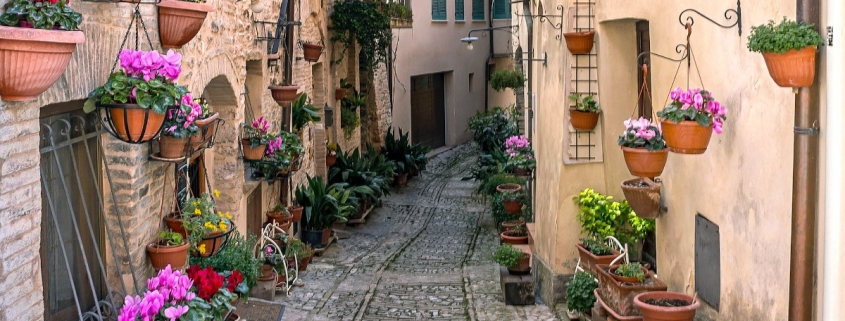MOVE TO ITALY: a brief overview for non-EU citizens
Moving to a foreign country may be stressful and it can be even more stressful when the sequence of steps to take is not clear.
This is a very brief overview of the process for non-EU citizens, who are not family members of EU or Italian citizens.
1. The first thing to verify is if you need a visa. Check your local Italian consulate website to see the full list of visas available and find out which visa is more suitable for you. This link also offers a brief overview of the most popular visas.
2. Once you have ascertained that there is a visa suitable for your specific situation, you may want to consider the tax factor. In fact, any resident in Italy, irrespective of their citizenship, pays tax in Italy on all their worldwide income and assets. Bilateral treaties avoid the double taxation and some special tax schemes may make your income and assets tax free. Before making the decision to move to Italy, you may want to consult with a commercialista in Italy to know which tax you would be paying in Italy if living full time in the Bel Paese. We offer tax consultations, so feel free to get in touch if you need that.
3. Gather all documents required for the visa you have chosen, and make sure to fulfil all requirements. You may need to get some papers from Italy. For example, if you apply for a study visa, you will need a document from the school/university proving that you have been accepted in a specific course of study. If you apply for an elective residence visa, you will need an Italian registered rental contract or title deeds of a property in Italy. This stage may be the longest and most difficult. At this stage you may also need to apply for a codice fiscale, essential, for example, to sign a rental contract or buy a property in Italy.
4. You can apply for the codice fiscale to your local Italian consulate or to any Agenzia delle Entrate office in Italy for free. Also, some agencies in Italy can obtain the codice fiscale for you for a small fee; our team can do that for you, if you need.
5. Apply for the visa at your local Consulate. Processing times may vary, you may wait some months for the outcome of your application.
6. Once you get the visa, you can move to Italy. Within eight days from entering Italy, you need to apply for your permit of stay by filling in the postal kit and sending it to your local Questura.
7. Obtaining the permit of stay may require some months, too. As per the visa, processing times vary and are unpredictable, and some Questuras are quicker than others.
8. Once you have your permit of stay, you can establish residency in your local town and register in the anagrafe of that town. Check your local Comune website for the procedure and the list of documents required.
9. After the registration at the Comune is completed, you can apply for an identity card, if you wish. Also, you can enrol in the national health system at your local ASL; you may be required to pay a contribution, though, to be enrolled.
10. Once you become a full-time resident in Italy, remember that you are bound to pay taxes in Italy on all your worldwide income and assets, therefore sort these out, too, with an Italian commercialista.
This article is not exhaustive and is a guidance only.
If you need assistance, please contact us.
Barbara De Benedittis Relocation and Legal in Italy



